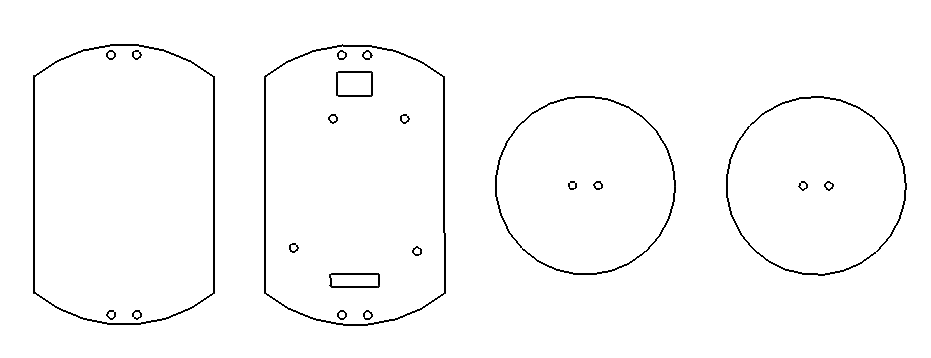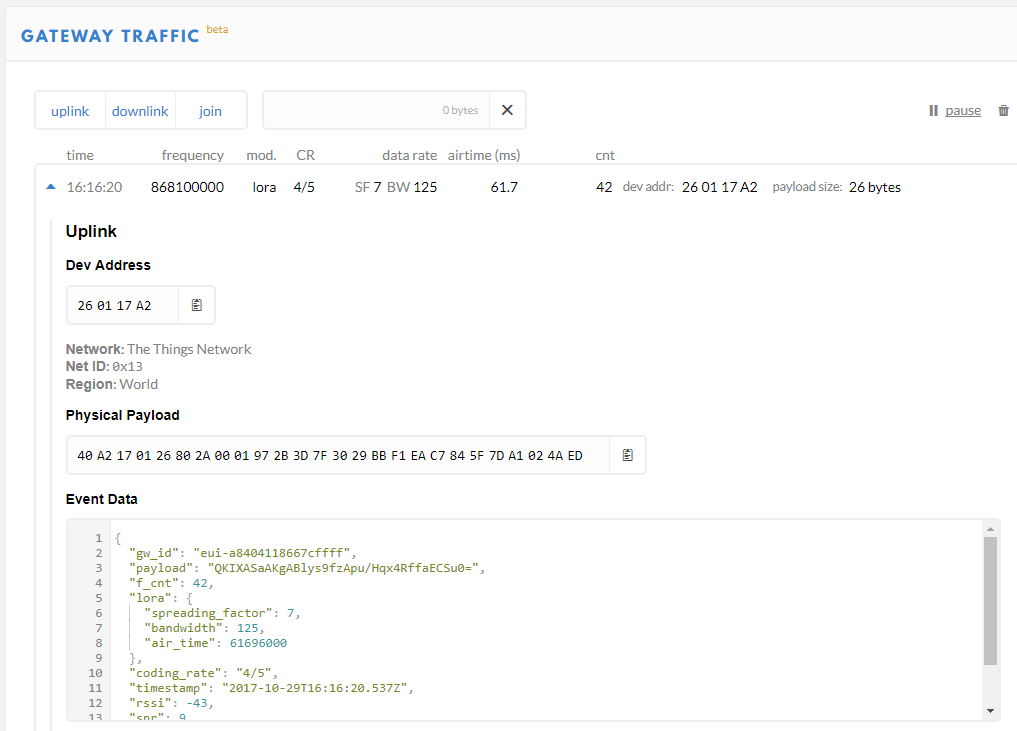Single Channel Lora
/I'm learning more about the Lora network. Lora links tiny, low powered, devices to an application. The devices talk to a Lora "gateway". The idea is that any device can talk to any gateway. Lora networks use different radio channels to pass data, and the node can select any data channel to send any particular message. Nodes usually cycle through the available channels.
A "proper" Lora gateway will listen on 8 channels at the same time. However, my tiny (and cheap) |Lora gateway from Dragino only listens on one channel. This means that under normal circumstances I only receive one message in 8 on my gateway. Which is a bit of a limitation.
Fortunately for me there is a way you can restrict a node to only using one channel. I found a forum post here which tells you how to do it. This is not something I'd advise anyone to do, because it is not in the spirit of the way that Lora works by spreading messages round different channels. However, I've made a script (called naughty) which does this, and it works fine.
The really good news for us is that Hull centre is now served by a proper Lora gateway so if I use my Lora nodes in Hull they just work.



















